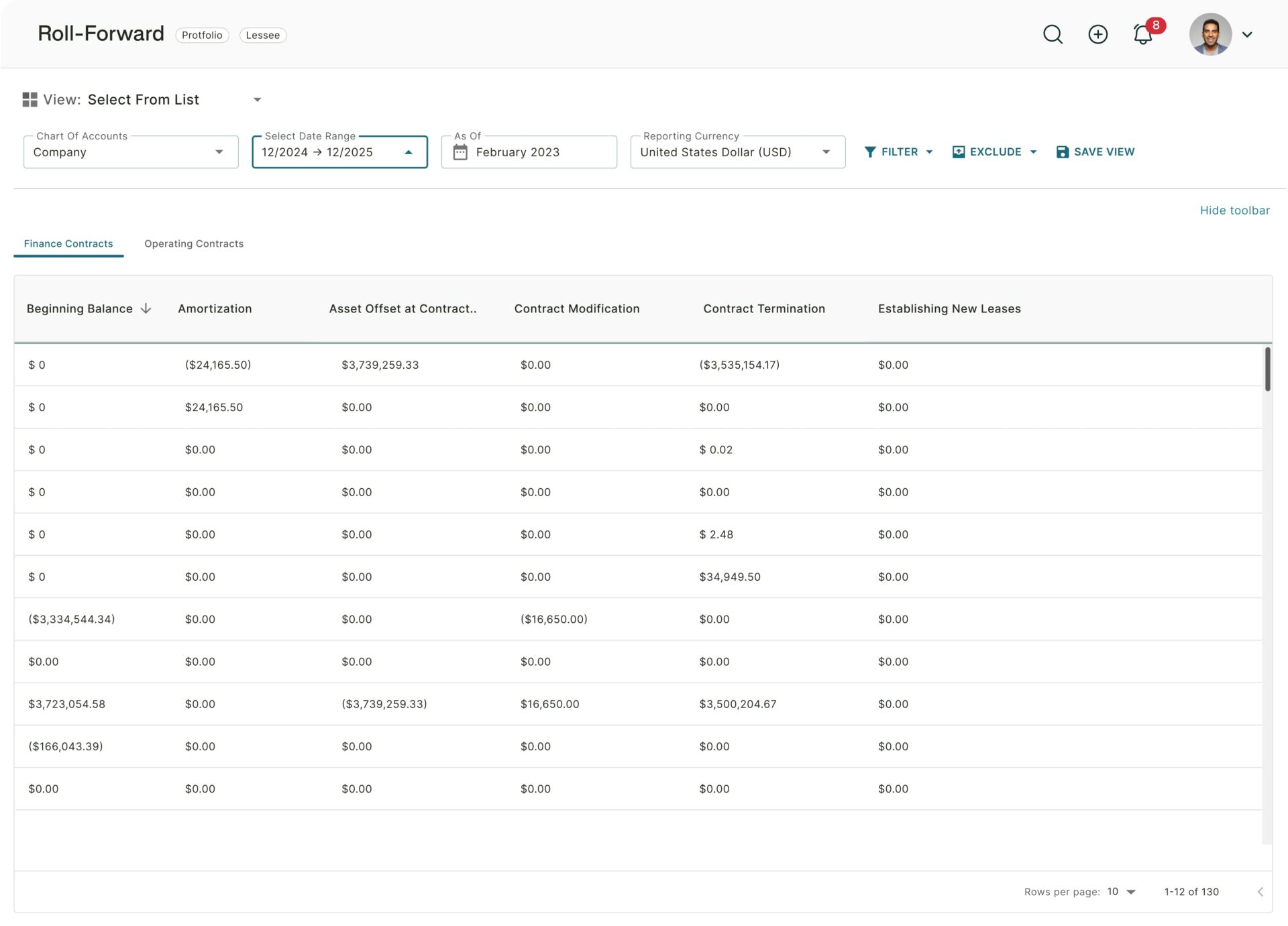Lease Modifications Under ASC 842
A lease modification, as defined by ASC 842, refers to changes in the terms and conditions of a lease that result in an alteration of the lease’s scope or consideration. These modifications require specific accounting treatment to ensure compliance with ASC 842. It’s important to understand that ASC 842 outlines the guidelines for recognizing and accounting for lease modifications within contracts
As a refresher, ASC 842 is the FASB’s new accounting standard that deals with leases. It makes sweeping changes to the way that leases have traditionally been accounted for, including closing the door on expensing leases through the income statement, and making it mandatory to reflect leases on the balance sheet through a right-of-use asset and lease liability.
An example of a lease modification would be a company that leases office space. Post pandemic, most employees now work from home and therefore the company doesn’t need as much space. They therefore renegotiate with the landlord for less space and voilà! A potential lease modification has occurred.
In this article we’ll look at what a lease modification under ASC 842 is, how lease modifications should be accounted for in terms of ASC 842, as well as important information that can make your lease accounting smoother than you ever imagined.
A lease has been modified: now what?
When thinking about the types of lease that can be modified, the list is as long as your asset register. Everything from leased company vehicles to office equipment, retail locations to the coffee machine are affected by the lease modification principles of ASC 842.
Included in the list of items that potentially result in a lease modification according to ASC 842 are: changing the consideration, for example receiving discounted lease payment terms from a landlord; extending or shortening the lease term, or leasing additional or less space than what was originally agreed in the lease.
Once a potential lease modification has taken place, the key test is: is this a change to the existing lease, or a separate lease?
This test has significant implications for the accounting treatment of the lease modifications in question.
Key questions to ask
The 2 key questions to ask are:
- Has this modification granted an additional right of use asset to the lessee that was not included in the original lease?
- Have the lease payments increased in line with the value of a standalone asset of this type?
If the answer to both of these questions is “Yes!” you have yourself a separate lease.
To be clear, you have two leases: the original lease and the new lease that has come about as a result of this change.
ASC 842 Lease Modification Examples
Let’s say a pie delivery company leases 10 delivery vehicles. Suddenly the demand for hot pies is up, and the company calls up its leasing partner and orders 10 more vehicles, with the corresponding increase in lease payments.
One might assume that the existing lease can just be amended. But from an ASC 842 standpoint, this passes the test set out above and this should be accounted for as a new, separate lease to the original.
The initial lease is left as-is, while the new lease is accounted for as with any new lease, according to the requirements set out in the Standard.
Not a separate lease
If the answer to both of the key questions above is not “Yes!” then you do not have a separate lease contract and the steps to follow are:
- Reassess lease classification and lease term at the effective date of the lease modification
- Account for initial direct costs, incentives, and any other lease modification-related payments
- Remeasure the lease liability
- Adjust the right-of-use asset
So to be clear, if any of the following changes to the lease have occurred:
- A change in the lease term (increase or decrease)
- A change in the consideration per the lease
- The partial or complete termination of a lease
- A change in scope caused by the addition or removal of assets
Then this is not a separate lease, and the lease modifications will be accounted for as above.
The rate to be used should be the rate implicit in the lease – if known – or otherwise using the incremental borrowing rate at the effective date of the modification.
What exclusions are available?
Thankfully, there are two major exclusions or areas of relief available for organizations.
COVID-19 exemption for lease modifications
Similarly to the IASB’s relief efforts, the FASB released a Staff Q&A that noted that “absent interpretive guidance, applying the lease modification requirements in Topic 842 (or Topic 840) to each contract for which concessions related to the effects of the COVID-19 pandemic are made could be costly and complex for both lessees and lessors.”
The note further states that “The FASB staff believes that it would be acceptable for entities to make an election to account for lease concessions related to the effects of the COVID-19 pandemic consistent with how those concessions would be accounted for under Topic 842 and Topic 840…Consequently, for concessions related to the effects of the COVID-19 pandemic, an entity will not have to analyze each contract to determine whether enforceable rights and obligations for concessions exist in the contract and can elect to apply or not apply the lease modification guidance in Topic 842 and Topic 840 to those contracts.”
This is timely and welcome relief from the FASB.
Short Term Lease Exemption
If a lease has a term of 12 months or less, and doesn’t include a purchase option that the lessee is reasonably certain to exercise, then the lessee may elect not to apply the recognition requirements to this short-term lease.
So what will happen is that the lessee will account for the lease payments in the income statement on a straight-line basis over the term of the lease.
Staying on top of lease modifications under ASC 842
Almost every single company in the U.S. is set to be affected by the implications of ASC 842, especially when it comes to lease modifications as a result of the fallout from the pandemic.
What’s also important to keep in mind is that these changes aren’t something that might be happening at some point in the future – they need to be planned for and implemented as soon as possible.
The great news is that keeping on top of your leases and ensuring compliance with ASC 842 is a lot less daunting than you may think. Thanks to Trullion’s automated lease accounting software, you can have technology take care of everything for you. Our AI-enhanced solution lets you upload lease contracts – for example as PDFs – and will automatically extract key dates and amounts, understand any changes that have taken place and calculate the modification for you, and even populate your journal entries for you!
So you can kick back and relax while your peers at other companies are scrambling to keep up with ASC 842-related changes. Sounds pretty good, right? To find out more, just get in touch with us now – we look forward to solving your leasing headaches!





